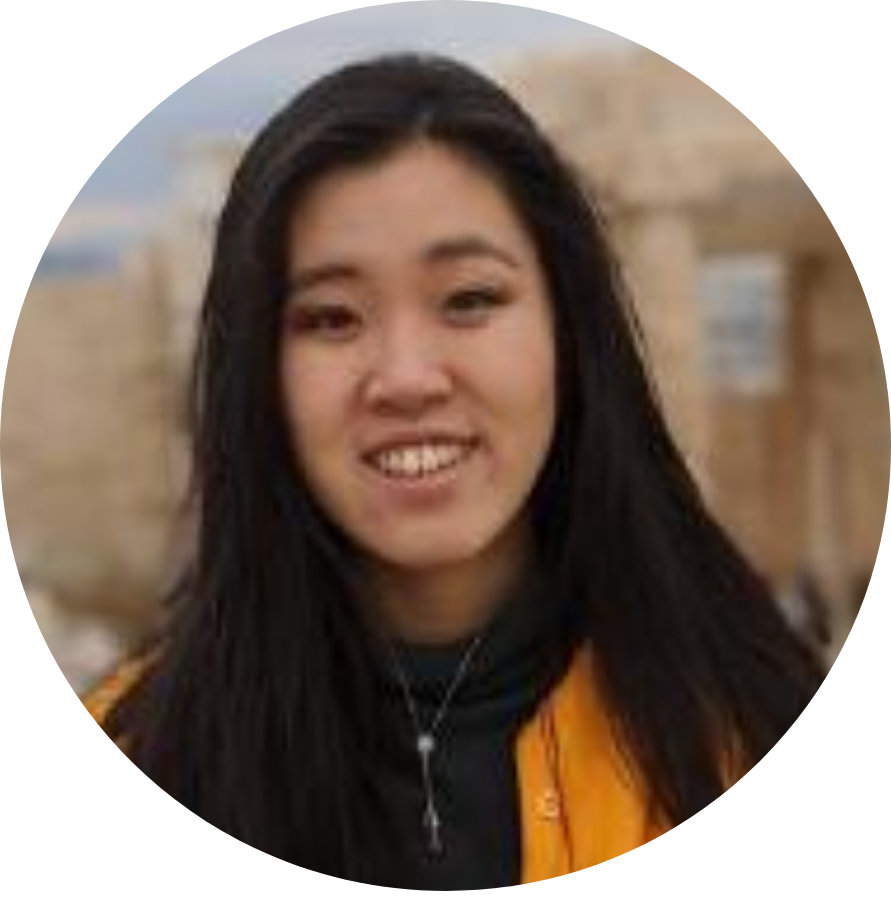How to Become a Radiology Technician in Minnesota (2025)

Becoming a Radiology Technician in Minnesota opens doors to a fulfilling career in healthcare. Accredited radiology technician schools in the state offer robust programs that prepare students to operate imaging equipment and assist in diagnosing medical conditions. With competitive radiology technician salary potential and opportunities in hospitals, clinics, and diagnostic imaging centers, pursuing this profession ensures a vital role in patient care through advanced medical imaging technology.
Key Points
- A radiology technician performs diagnostic imaging procedures to capture detailed images of the body's internal structures for medical diagnosis and treatment.
- To become a radiology technician in Minnesota, you need to complete an accredited program, obtain certification from the ARRT, and apply for a state license.
- Radiology technician programs typically take about 2 years to complete, including both classroom and clinical training.
- In Minnesota, the average radiology technician salary is $78,730 per year.
- Top schools for radiology technician programs in Minnesota include Mayo Clinic School of Health Sciences, St. Cloud Technical & Community College, and Lake Superior College.
Frequently Asked Questions
What does a radiology technician do?
A radiology technician, also known as a radiologic technologist, plays a crucial role in diagnosing and treating patients by performing diagnostic imaging procedures. They operate various imaging equipment such as x-ray machines, CT scanners, and MRIs to capture detailed images of the inside of the body. These images help doctors identify and diagnose medical conditions, guide treatment plans, and monitor patient progress. Radiology technicians also ensure patient safety, position patients correctly for imaging, and review the quality of images before assisting radiologists in interpreting them. Their work is essential for accurate diagnosis and effective patient care.
How much does a rad tech make in Minnesota?
According to the Bureau of Labor Statistics (BLS) as of May 2023, radiology technicians in Minnesota earn an average annual salary of $78,730. This salary can vary based on factors such as experience, location within the state, and specific employer.
Does Minnesota require a radiology license?
Yes, Minnesota requires radiology technicians to obtain a license. After completing an accredited radiologic technology program and passing the ARRT exam, you need to apply for a radiologic technologist license from the Minnesota Department of Health.
What are the best schools for radiology technicians in Minnesota?
Some of the top schools in Minnesota offering accredited radiology technician programs include Mayo Clinic School of Health Sciences, St. Cloud Technical & Community College, and Lake Superior College. These institutions provide comprehensive education and training to prepare you for a career as a radiology technician.
Which state pays radiology techs the most?
As of May 2023, California pays radiology technicians the highest average annual salary, which is $103,150, according to the Bureau of Labor Statistics (BLS). Salary levels in different states can vary due to factors such as cost of living and demand for healthcare services.
Final Thoughts
Becoming a certified radiology technician is an excellent career choice for individuals interested in healthcare and technology. The path to becoming a radiology technician involves obtaining a high school diploma or GED, completing a radiology technician program, gaining clinical experience, passing the ARRT exam, and obtaining any required state licensure. After becoming certified, you can increase your chances of getting a job by networking, updating your resume and cover letter, searching for job openings, and preparing for interviews. Once you have gained experience as a radiology technician, you can explore various career paths and opportunities, such as specializing in a specific area, advancing to a leadership role, pursuing a bachelor's degree in radiologic sciences, or transitioning to a different healthcare role.
If you're thinking of a new career path, Dreambound offers in-depth guides to understand various job choices:

Athena is Co-founder and CEO of Dreambound.





